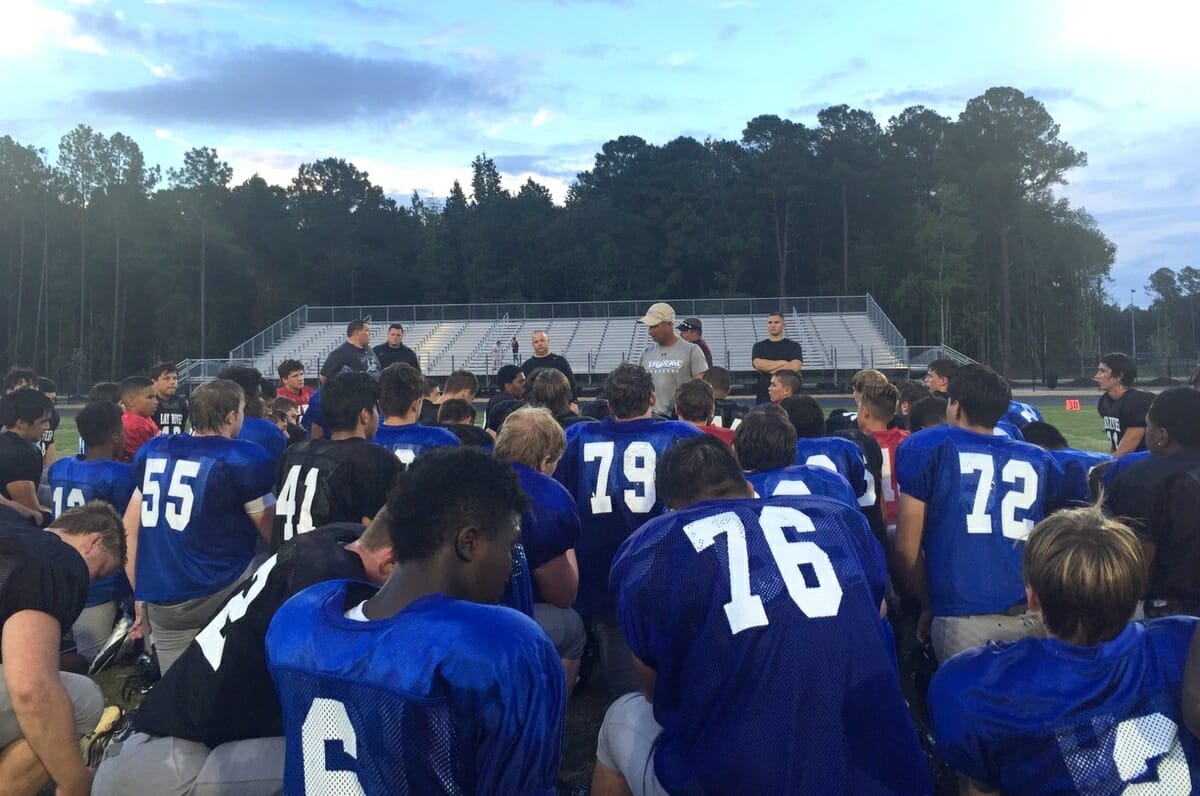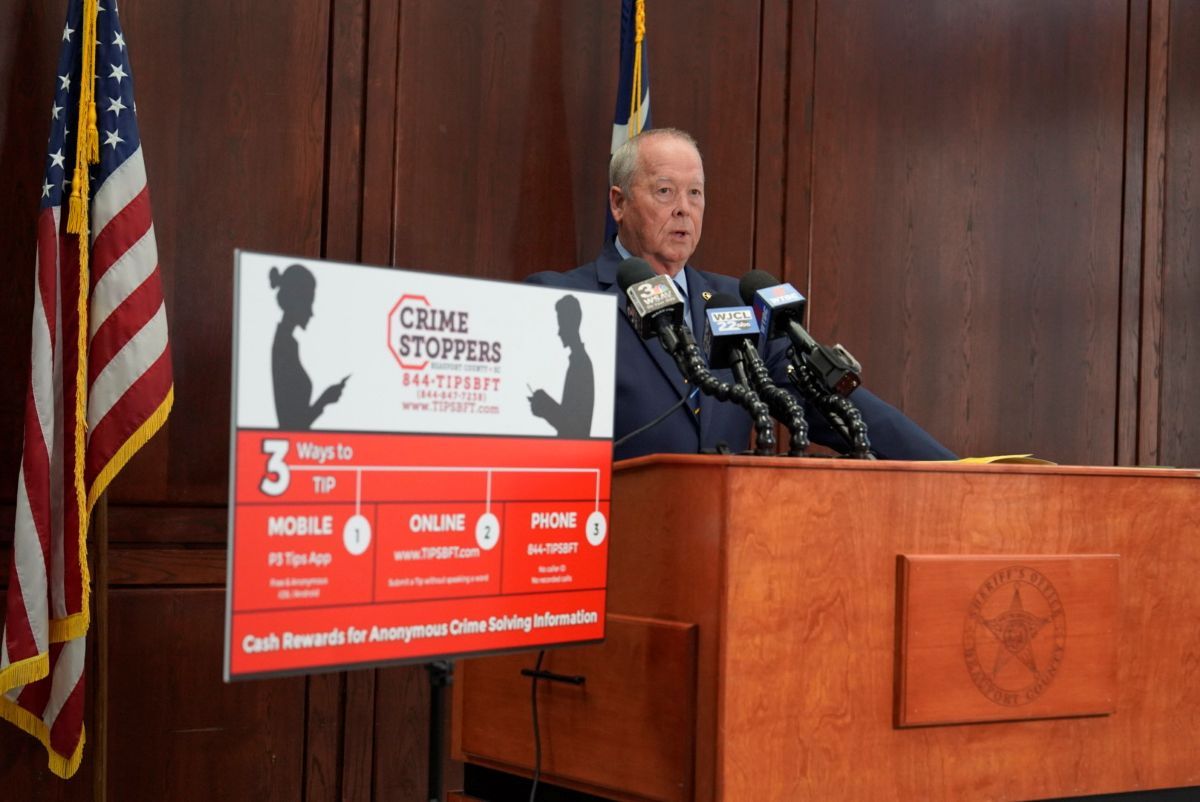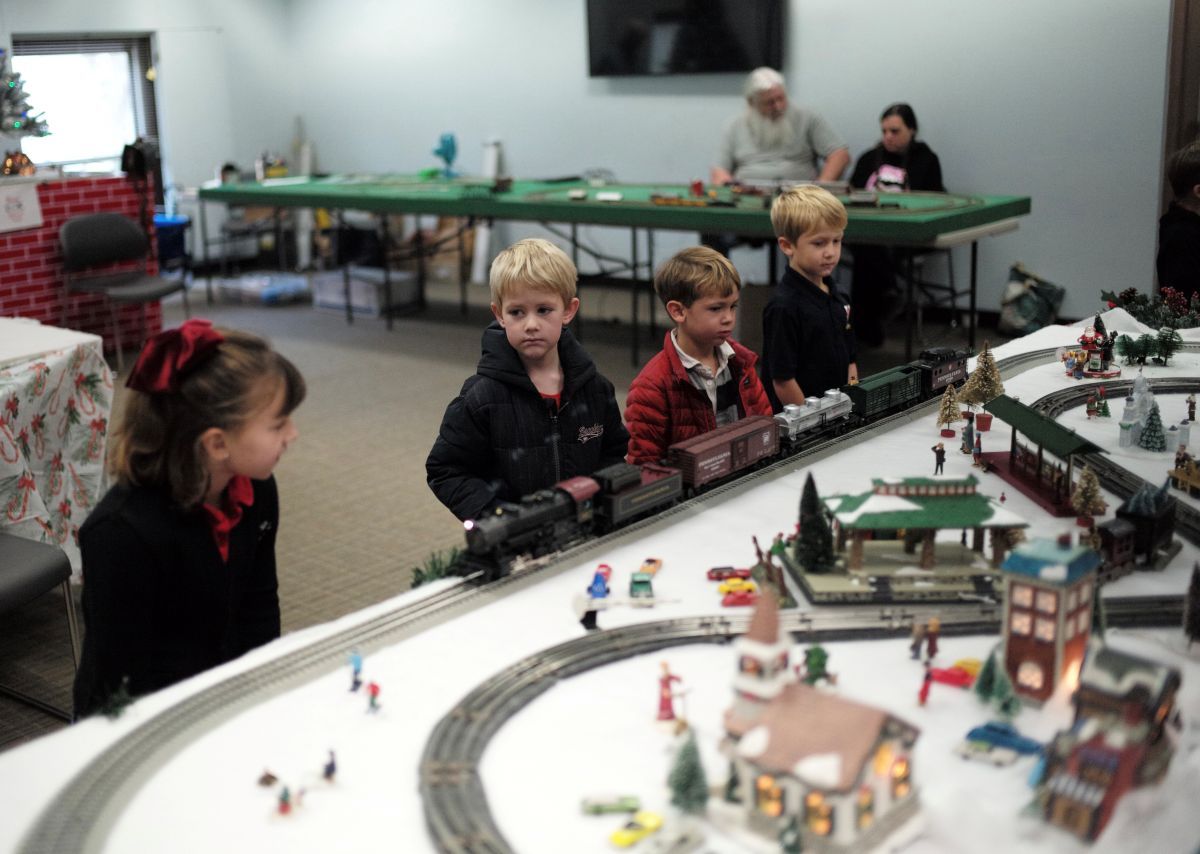It’s taken just eight years for the Holy Trinity Classical Christian School in Beaufort to grow from the seed of an idea planted over lunch into a viable educational institution.
On Aug. 17, some 275 students headed back to Holy Trinity for their first day of the new school year.
The school provides a classical Christian education in the same vein as that afforded the great thinkers and scientists in western civilization.
Today, students in grades preschool through nine at Holy Trinity are taking many of the same courses: Latin, the great works of poetry, literature, art, music and history. They are learning to master phonics and mathematics, and all within the framework of a Christ-centered learning environment.
“This is an education that not only provides a person with a rich understanding of the world,” said the Rev. Chad E. Lawrence, the school headmaster, “it also teaches students how to think and how to engage in the great questions and challenges of the day with the wisdom of the ages.”
Holy Trinity has won accolades for its level of excellence in education. Its students consistently rank in the top 10 percent in national test scores. With an exceptional retention rate, school enrollment increases every year as a new grade is added. With an average class size of 14 students, individual attention is assured.
And it all began with the germ of an idea. One day in 2007, the Rev. Jeff Miller, then rector of the Parish Church of St. Helena, met with a small group of friends over lunch and posed the idea of starting a classical Christian school in Beaufort. The group embraced the concept and the seed was planted.
Things moved quickly after that. Within two years, an ad hoc committee was formed to research classical Christian education and the feasibility of founding such a school in Beaufort.
In June of 2011, the 40-member Board of Governors met for the first time. The board adopted bylaws and elected a Board of Trustees. It affirmed the school’s mission and statement of faith. And it began the process of applying for 501(c)3 tax-exempt status.
At its first meeting, the board offered the position of founding headmaster to the Rev. Chad Lawrence, a curate at the Parish Church of St. Helena. In September of 2011, Lawrence formally assumed the role of founding headmaster with a goal of opening the school in August 2012.
Over the course of the next year, Lawrence and the Board of Trustees searched for a suitable building, hired teachers, selected the curricula and recruited students. Today’s Holy Trinity students hail from at least a dozen Christian churches in the Lowcountry.
In August 2012, right on schedule, Holy Trinity opened its doors to 100 students in preschool through fifth grade in a building leased from the Beaufort County School District. Holy Trinity administrators plan to add a grade a year until they can provide a classical Christian education to students in preschool through 12th grade.
Seventy-five percent of the Board of Governors do not have a child or grandchild at Holy Trinity.
“We are so grateful for those who are willing to look beyond themselves and support a venture that has borne so much fruit for children, our families and the community,” said Lawrence. “Not only is their work bearing fruit in Beaufort today, it will undoubtedly continue to do so for many years to come, both locally and abroad as our graduates venture out into the world.”
School enrollment has grown so rapidly that the preschool moved to a satellite campus at the Parish Church of St. Helena. The grammar and upper school remained at the original Burroughs Avenue location.
Suzanne Schwank, the recently elected chair of the 44-member Board of Governors, said, “Holy Trinity is a response to the accelerating descent of western civilization into a world view of secular humanism.
“Its founding vision was to raise up young men and women formed with a Christian world view who are so trained, educated and equipped that they can go into the world as Christ’s ambassadors, able to engage a fracturing civilization at all levels of academia and society.
“This called for a school both Christ-centered and academically rigorous. Many of us could visualize the young adults graduating from such a school, but few of us imagined the children and student body that would appear in the meantime, or their impact on the faith life of the entire family that parents are reporting.”









